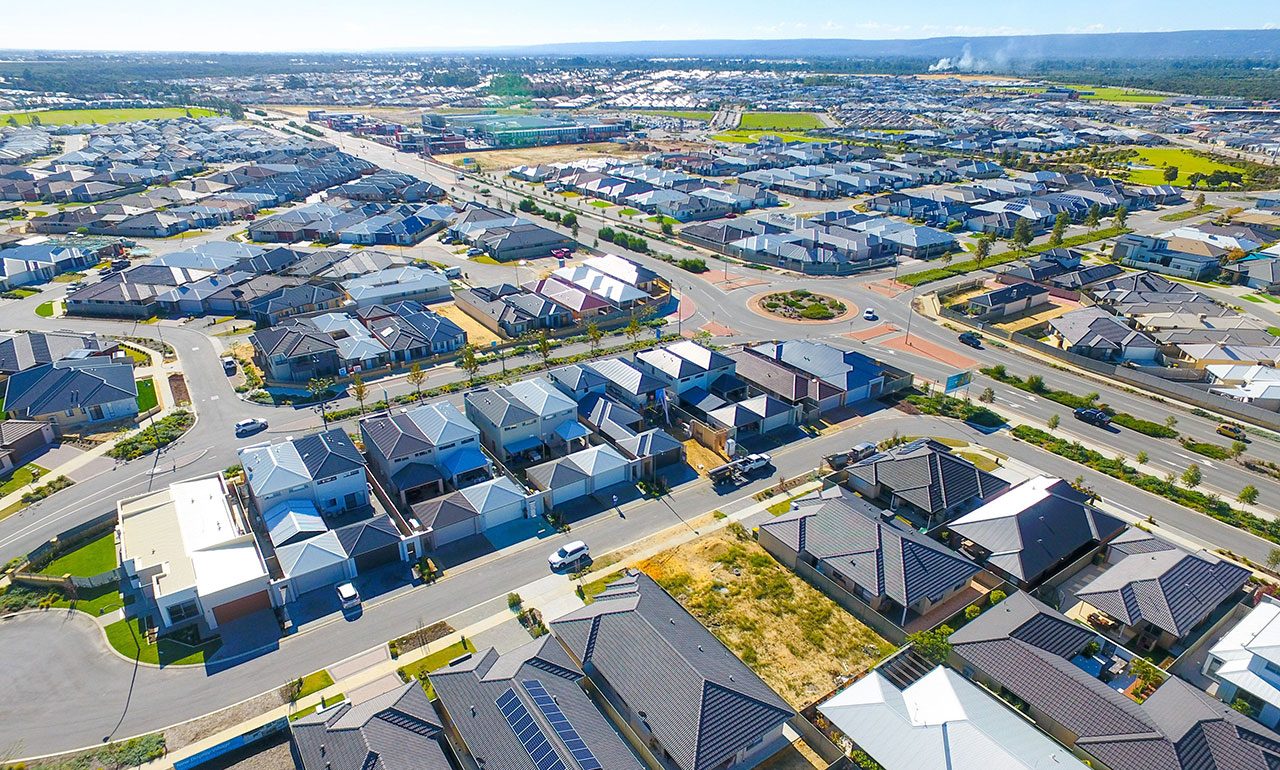This article is from the Australian Property Journal archive
FORTY-thousand new places under the federal government’s Home Guarantee Scheme aimed at first home buyers have become available, which according to NAB has benefited Australians under 30 and those planning to buy a property solo.
The Home Guarantee Scheme comprises the First Home Guarantee (FHBG), previously known as the First Home Loan Deposit Scheme, and the Family Home Guarantee (FHG). The places have opened up as CoreLogic house price data shows every capital city and broad rest of state region is now well past their peak rate of growth.
The number of places available through the First Home Guarantee increases from 10,000 to 35,000 per financial year, with the program offering first home buyers the chance to purchase a new or existing home a deposit as low as 5%.
The Family Home Guarantee, aimed at single parents and allows purchases with a 2% deposit, will have an annual allocation of 5,000 places until the end of June 2025.
Price caps, which are dependent on city and region, have also increased, including by $100,000 across the major capitals. Caps in Sydney have lifted to $900,000 and in Melbourne to $800,000, while regional NSW has a cap of $750,000 and regional Victoria $650,000.
Caps in Queensland are now at $700,000 for Brisbane and $550,000 for the rest-of-state, and in Western Australia, South Australia and Tasmania are at $600,000 for the capitals and $450,000 elsewhere. The ACT has seen its cap lifted by $250,000 to $750,000, and the NT by $100,000 to $600,000.
The Home Guarantee Scheme, which is administered by the National Housing Finance and Investment Corporation (NHFIC), has so far helped more than 61,000 Australians purchase or build a home. NHFIC anticipates making 50,000 new scheme places available to eligible homebuyers in the year ahead, including 10,000 places in the federal government’s announced Regional First Home Buyer Support Scheme.
“NHFIC welcomes the increase of Home Guarantee Scheme places by the Australian Government. As an organisation, we support Australians across the housing spectrum from those renting in community housing, through to Australians with the goal of homeownership,” NHFIC CEO Nathan Dal Bon said.
“We expect many more Australians to be able to bring forward buying a home under the expanded Scheme.”
Following soaring prices during the pandemic, the NSW government has just introduced a stamp duty alternative for first home buyers and a shared equity scheme for eligible buyers as a means of getting more people into the market.
New data from NAB shows those under 30 and those planning to buy a property solo are the big winners in the federal government’s first home buyer schemes. NAB solo buyers purchased 63% of houses in the scheme in the past six months compared to 49% of non-scheme purchases.
Of the 63% of First Home Guarantee solo borrowers, 59% were female and 41% were male.
About 21% of NAB customers eligible for the First Home Guarantee are under 30, compared to 17% of non-FHG customers.
NAB executive home ownership, Andy Kerr said because of the Scheme, both younger and solo buyers are getting a foot on the property ladder sooner.
“People going at it alone shouldn’t be disadvantaged and we are seeing the Scheme help them buy a property,” Kerr said.
“With a backdrop of house price growth slowing and in Sydney and Melbourne where it is going backwards, there is some relief in sight for first home buyers.
Kerr said flexible working is providing first home buyers more choice of locations than ever before, with regional purchases in the Scheme up 2% compared to the same time last year.
Urban Development Institute of Australia national president Max Shifman said the expanded scheme will mean the difference between getting into a home sooner or, for some Australians, spending more time in an accelerating rental market.
“The Home Guarantee Scheme is a crucial initiative for fair and equitable access to home ownership for thousands of families, struggling to break into the market,” said Shifman.
“However, whilst it helps with demand, there are many other changes needed in other areas to have any hope of reigning in housing costs and materially improving housing affordability. This means more development ready supply, and more tax and planning changes that help reduce the cost of delivering more right-sized housing where it is needed.”




